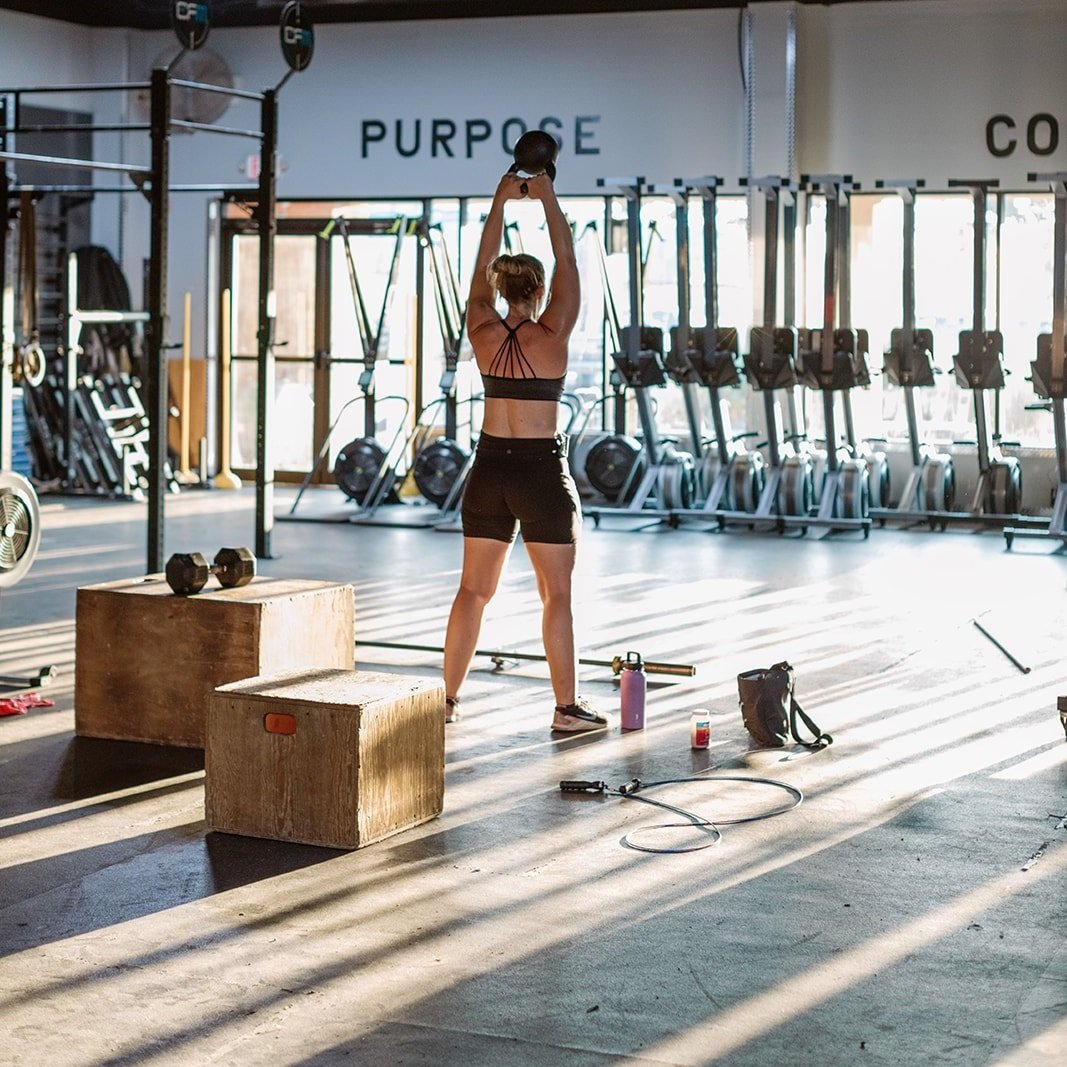Balancing Variety and Structure in CrossFit
CrossFit, as a sport, is based around the idea that through “constantly varied training” we will be “prepared for the unknown.” This means that athletes in the sport must be able to perform movements from Gymnastics, Weightlifting, Powerlifting, Endurance Training, Strongman, and more without any idea of how they will end up being tested. With so many different skills and exercises to learn and only so much time to train, the question then becomes how do we include the right amount of variety without sacrificing structure within our programming?
I want to talk about how we can manage variety within a CrossFit Program so that progress is made in the most efficient and effective manner possible. To do this I think it’s important to know that there are pros and cons to structure and variety within program design. To quickly detail what I mean, I am going to talk to the extreme for a moment.
Variety: If every session, day-to-day and week-to-week, were different with absolutely no continuity, we would get more touches on more movements more frequently, but there wouldn’t be enough exposure to get that much better at anything in particular.
Structure: If, for a 8-Week Cycle, exercises all stayed the same and we made progressions to just one variable, like load, week-to-week, then we’d for certain see progress in the movements we worked on… but that’ll only impact a small percentage of movements that make up the sport.
Somewhere in the middle of these extremes lies the perfect CrossFit Program. One that includes enough variety that will get us “prepared for the unknown” while providing enough structure so that we see progress where we need to see it.
When it comes to knowing what we need more of, structure or variety, you need to have a good understanding of who you are as an athlete. Let’s look at the difference between a newer and a more experienced athlete.
Newer Athletes: whose relative fitness levels are low, need to spend more time with the same movements in order to make progress. Quality repetitions is extremely important for them to see success.
Experienced Athletes: who are already proficient at all the movements and skills of the sport, can focus more on variety within their programming without consequence to their overall fitness levels. Their base is so large that if there is a big gap between movement exposures they won’t see a decline in their ability to complete those movements.
Regardless of what type of athlete you are, in order to construct a good program that balances both, you need to clearly define the what, why’s and how’s of the training cycle. The more you understand what it is you are trying to accomplish, the more clearly you’ll know what you need to do and what you don’t. This will then give you the flexibility to include variety so long as it doesn’t take away from the long-term goal.
Some things I typically will think about are stated below:
State the Goal(s) of the Cycle
Determine the fitness attributes that need to be developed to accomplish the goal
Decide which movements and/or skills are priority
Outline the general progression
Now there is plenty more to consider, but as long as you are being clear to yourself about what the goals are and what needs to be accomplished to get there then you are setting yourself up for success. If the goal is to increase your 1-RM Back Squat then you need to be Back Squatting often, hopefully doing a bit more each time. Within this same cycle my single leg support work might vary and I may incorporate different variations of deadlifts. As long as those variations don’t detract from the greater goal then variety is good.
Same thing can be said about mixed modal work. If you are trying to improve anaerobic threshold so that you operate better in workouts lasting 8-10 minutes then the work you do must support that. The movements may change and the loading may look different each time, but as long as you stick to the outlined parameters i.e. pacing/intensity etc. and progress the needed variables week to week, then you are going in the right direction.
Although overly simple examples, just remember that it doesn’t ever need to be complicated. Yes, the more things you want to work on the harder it is to balance structure and variety, but if you can state the what, why’s and how’s of the training cycle you are going to see much more clearly where the tipping point is.
By Coach Chris Rudnik
To learn more about Conquer Athlete’s Individual CrossFit Programming, click here.

